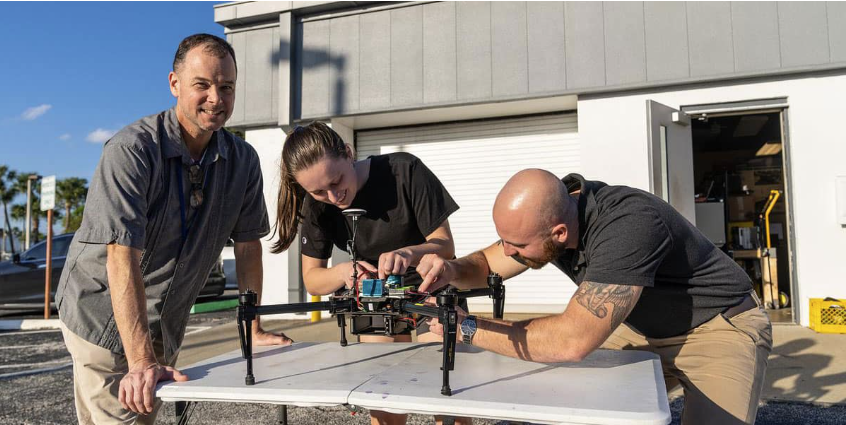Document Type
Article
Publication/Presentation Date
9-2004
Abstract/Description
157 nm photolithography technologies are currently under development and have been accepted as the leading candidate for fabrication of the next generation semiconductor devices after 193 nm. At this and shorter wavelengths, molecular contamination of surfaces becomes a serious problem as almost all molecules absorb at 157 nm and below. The light transmitted by a photolithographic tool can be significantly decreased by the presence of a few monolayers adsorbed on its many optical surfaces. We have developed a laser induced desorption, electron impact ionization, time-of-flight mass spectrometer (LID TOFMS) to study contaminants on 157nm and other ultraviolet optics, e.g., polished CaF2. The LID TOFMS of CaF2(100) samples showed water ions, hydrocarbon ions, oxygen-containing hydrocarbon ions, as well as alkali metal ions (Na+,K+). For multiple irradiations of one site at fixed laser fluence, the ion intensities decreased as the number of pulses increased, suggesting that surface contaminants were being removed. A degenerate threshold model that assumes preferential adsorption at surface defects was employed to quantitatively analyze the LID data. Desorption thresholds for water and hydrocarbons were obtained from this model.
© 2004 American Vacuum Society
Publication Title
Journal of Vacuum Science and Technology A: Vacuum, Surfaces and Films
DOI
https://doi.org/10.1116/1.1772374
Publisher
American Vacuum Society
Required Publisher’s Statement
Scholarly Commons Citation
Fu, J., Surapaneni, Y., & Allen, S. D. (2004). Analysis of Adsorbed Contaminants of CaF/sub 2/ Surfaces by Infrared Laser Induced Desorption. Journal of Vacuum Science and Technology A: Vacuum, Surfaces and Films, 22(5). https://doi.org/10.1116/1.1772374


Additional Information
Dr. Susan Allen was not affiliated with Embry-Riddle Aeronautical University at the time this document was published.